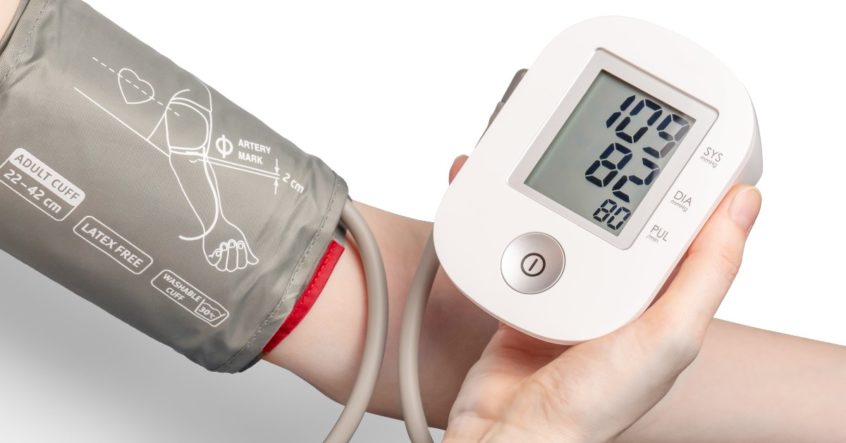Hearing your optometrist tell you that you need to watch your blood pressure to protect your eyes may leave you scratching your head wondering what one has to do with the other. It may surprise you to discover that your entire body needs to work harmoniously and a disruption in one area (your blood pressure) can have an effect on many other body systems (like, your eyes!). In fact, many conditions, including diabetes, hypertension (chronic high blood pressure), high cholesterol, and more, can all manifest in visual changes or other eye health symptoms. Your eyes are windows to your soul, as well as your health, capable of revealing the truths about your wellbeing. In today’s post, we are going to take a look at the relationship between your blood pressure and your eye health.
Before we can take a look at what higher blood pressure does to your eyes and how it affects your eye health, let’s do a quick anatomy and physiology review.
Throughout the entire body, blood vessels are what supply tissues with oxygenated blood and carry away waste and toxins to be filtered out of the body. In a state of homeostasis, fresh oxygenated blood is gently pushed throughout the body with every beat of your heart. The eyes are fairly small organs in relation to the rest of your body to begin with, and they have very few blood vessels that feed them. Learn more about your eyes and how they work in our Eye Education center online.
Chronic high blood pressure (hypertension) affects the blood vessels by damaging the walls of arteries, making them elastic and efficient. As the heart and arteries work harder, the walls of blood vessels thicken and become more narrow. This limits effective blood flow and can result in the accumulation of plaque or fatty deposits on arterial walls that further restrict blood flow. Now, let’s see how this affects your eye health and vision.
How Blood Pressure Affects Your Eyes
Hypertension causes an increase in pressure in the blood vessels both at rest and during vessel constricting. This can cause blood to be forced, rather than gently pushed, into smaller blood vessels, causing a variety of issues.
Retinopathy is blood vessel damage that is caused by a lack of blood flow to the retina which leads to blurred vision or the complete loss of sight. Those with hypertension or diabetes are at an even greater risk for developing retinopathy. Managing blood pressure is the only way to treat hypertensive retinopathy.
Choroidopathy is fluid buildup underneath the retina in the eye caused by high blood pressure. Since the retina is the light-sensitive layer of tissue at the back of the eyeball, a buildup of fluid under it may result in distorted vision or, in some cases, scarring that impairs vision.
Optic neuropathy, or optic nerve damage, is caused by blocked blood flow that damages the optic nerve. It can kill nerve cells in your eyes, which may cause temporary or permanent vision loss.
What Your Optometrist Sees
“‘I’m just here to get my glasses. Why are you checking my blood pressure?’”
In an excellent article by the American Heart Association, optometrists tell the tale that eyes reveal. In some cases, your optometrist may be able to see blood pressure issues before you’ve had symptoms that land you in an appointment with your primary care provider, while in other cases, you may be scheduling an optometry appointment years after being diagnosed with chronic hypertension. Hypertension is known as the silent killer because a stroke or heart attack may be the first symptoms, but the signs are usually present early in the smaller blood vessels. Some of the things an eye exam may reveal include:
The blood vessels in the retina may be stiff and hardened. They’ll push on one another and cross. This can be seen on a routine eye exam by your optometrist.
Blood vessels may begin to leak, leading to hemorrhaging which appears as bloodshot eyes or petechiae that can cause a whole range of vision issues.
Enlarged optic discs are a sure fire sign of blood flow issues resulting from hypertension.
Vision changes may be obvious enough to be the chief complaint and reason for an optometry visit, or maybe more subtle and identified on vision tests. Some things your optometrist can identify include focus ability changes, blurred vision, limited peripheral vision, and more.
To support optimal vision and eye health, it’s important to schedule regular checkups with both your primary care provider and your optometrist and to keep an eye on your blood pressure. A daily eye supplement can help support eye health while you manage your chronic diseases that may affect your eyes in the long run. Explore all of our AREDS 2 and daily eye support multivitamins online today.
